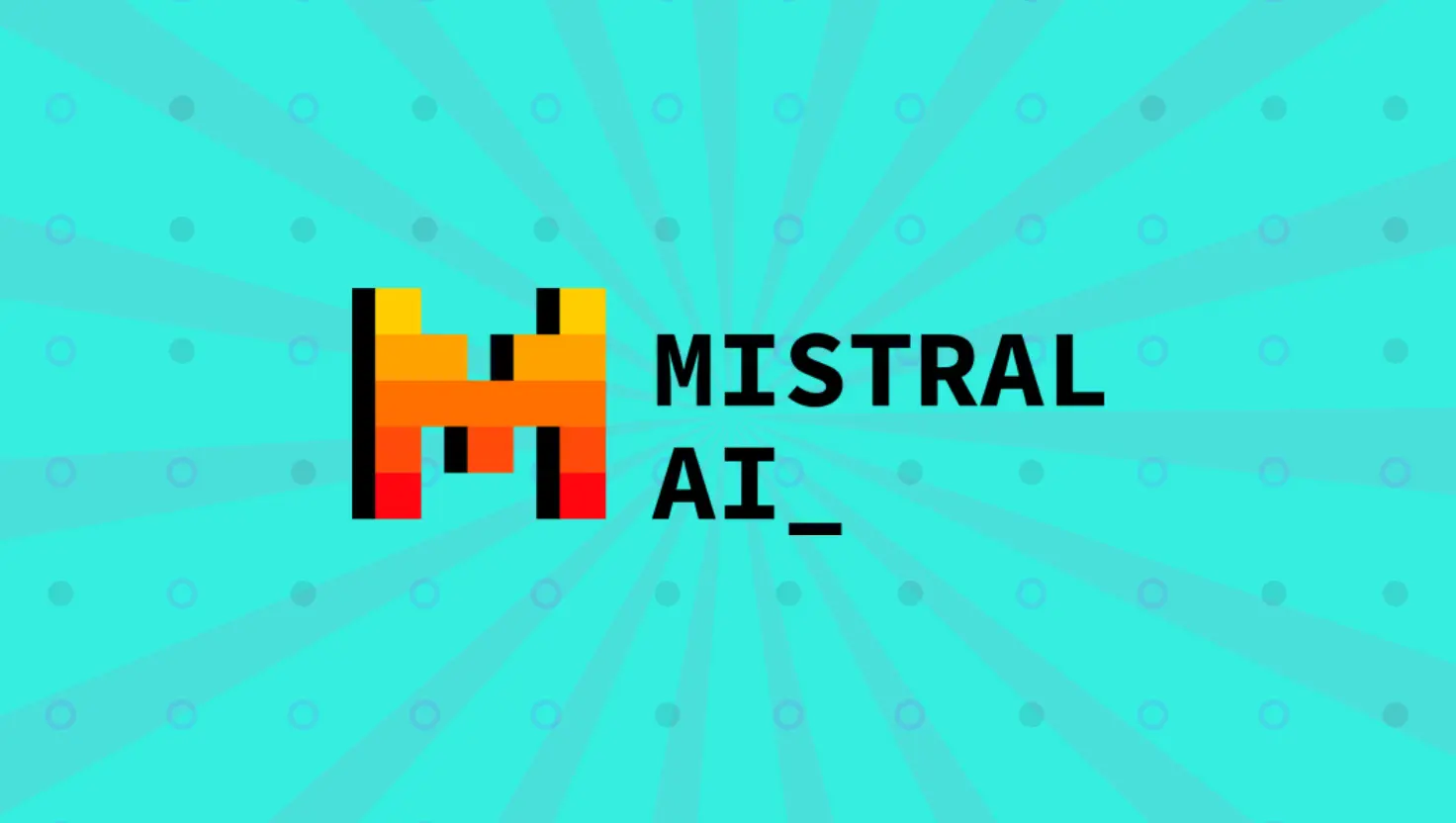Mistral AI has recently unveiled its latest innovation in the field of artificial intelligence - Mistral Small 3.1. This state-of-the-art language model represents a significant leap forward in AI technology, offering a unique combination of power, efficiency, and versatility. In this article, we will delve into the core features, specifications, applications, and impact of Mistral Small 3.1 on the AI landscape.
Introduction to Mistral Small 3.1
Mistral Small 3.1 is an open-source language model designed to excel in multimodal and multilingual tasks. Released under the Apache 2.0 license, this model is poised to revolutionize the way we approach natural language processing and AI-driven applications. Its development marks a significant milestone in the democratization of AI technology, making advanced language models accessible to a broader range of users and developers.
Core Features and Specifications
Multimodal and Multilingual Capabilities

One of the standouts features of Mistral Small 3.1 is its ability to process both text and images, supporting a wide array of languages. This multimodal approach enables the model to understand and generate content across different media, making it incredibly versatile for applications that require comprehensive language and visual processing.
Expanded Context Window
Mistral Small 3.1 boasts an impressive context window of up to 128,000 tokens. This expanded capacity allows the model to handle long-form content more effectively than many of its competitors, making it particularly suitable for tasks that require understanding and processing of extensive documents or conversations.
Lightweight and Efficient Design
Despite its powerful capabilities, Mistral Small 3.1 is designed to be lightweight and efficient. It can run on consumer-grade hardware such as a single RTX 4090 GPU or a Mac with 32GB RAM. This efficiency makes it ideal for on-device applications, reducing the need for extensive cloud resources and enabling privacy-conscious implementations.
Impressive Performance and Speed

The model delivers inference speeds of 150 tokens per second, outperforming comparable models like Gemma 3 and GPT-4o Mini. This speed is crucial for applications requiring fast response times, such as virtual assistants and real-time data processing.
Customization and Fine-Tuning
Mistral Small 3.1 offers both base and instruct checkpoints, facilitating further customization and fine-tuning. This flexibility allows developers to adapt the model for specialized domains, turning it into a subject matter expert in fields such as legal advice, medical diagnostics, and technical support.
Model Architecture and Parameters
While specific details about Mistral Small 3.1's architecture are not directly available, it is likely based on a transformer architecture, which is the foundation of most state-of-the-art language models. The model operates with 24 billion parameters, striking a balance between size and performance. This parameter count allows Mistral Small 3.1 to deliver high-quality results while maintaining efficiency and manageable computational requirements.
Real-World Applications and Use Cases
The versatility of Mistral Small 3.1 opens up a wide range of real-world applications across various industries:
- Document Verification and Visual Inspections: The model's multimodal capabilities make it suitable for industries like finance and manufacturing, where it can be used for verifying documents and inspecting products for quality control by analyzing both textual and visual data.
- Multilingual Customer Support Systems: By supporting multiple languages, Mistral Small 3.1 can be deployed in customer service applications to handle inquiries in various languages, enhancing user experience and accessibility.
- Virtual Assistants and Chatbots: The model's quick response times and efficient processing make it ideal for powering conversational agents that require real-time interactions.
- Legal and Technical Documentation: With its extended context window, Mistral Small 3.1 can handle complex and lengthy documents, making it particularly useful for legal analysis and technical documentation tasks.
- Medical Diagnostics and Advice: When fine-tuned with domain-specific data, the model can assist healthcare professionals in decision-making processes by providing medical diagnostics and advice.

Comparison with Competing Language Models
Mistral Small 3.1 stands out in its weight class, offering a competitive alternative to larger models like GPT and Claude, especially in research-driven applications. While GPT models from OpenAI are known for their high-quality, coherent responses across various scenarios, they are closed-source, which can be limiting for organizations requiring full control over the model.
Claude, developed by Anthropic, excels at complex problem-solving and maintaining coherence over extended conversations, making it ideal for interactions requiring high contextual accuracy. However, Mistral Small 3.1's efficiency and compliance with European AI regulations make it a strong contender in specific niches, particularly in resource-constrained settings.
Licensing, Pricing, and Deployment Options
Mistral Small 3.1 is released under the Apache 2.0 license, allowing users to freely use, modify, and distribute the model, even for commercial purposes. This open-source nature encourages innovation and collaboration within the AI community.
The pricing for using Mistral Small 3.1 is competitive, with La Plateforme offering rates of $0.10 per million input tokens and $0.30 per million output tokens. This pricing structure makes it accessible for a wide range of applications and users.
Deployment options for Mistral Small 3.1 are diverse, catering to different user needs:
- Local Deployment: The model can be run on consumer-grade hardware, making it suitable for on-device applications and privacy-sensitive deployments.
- Cloud Deployment: Mistral Small 3.1 is available on various cloud platforms, including Google Cloud Vertex AI, with plans for availability on NVIDIA NIM and Microsoft Azure AI Foundry.
- API Access: Users can access the model via API through Mistral AI's developer playground, La Plateforme, and other platforms like Together AI.
- Hugging Face: The model is available for download on Hugging Face, providing access to both base and instruct checkpoints for further customization.
Conclusion
Mistral Small 3.1 represents a significant advancement in the field of AI language models. Its combination of multimodal capabilities, efficiency, and open-source flexibility makes it a powerful tool for a wide range of applications, from customer support and document processing to industry-specific implementations and community-driven innovations. As the AI landscape continues to evolve, Mistral Small 3.1 stands out as a versatile and accessible option for developers, researchers, and businesses looking to harness the power of advanced language models while maintaining control over their AI implementations.






